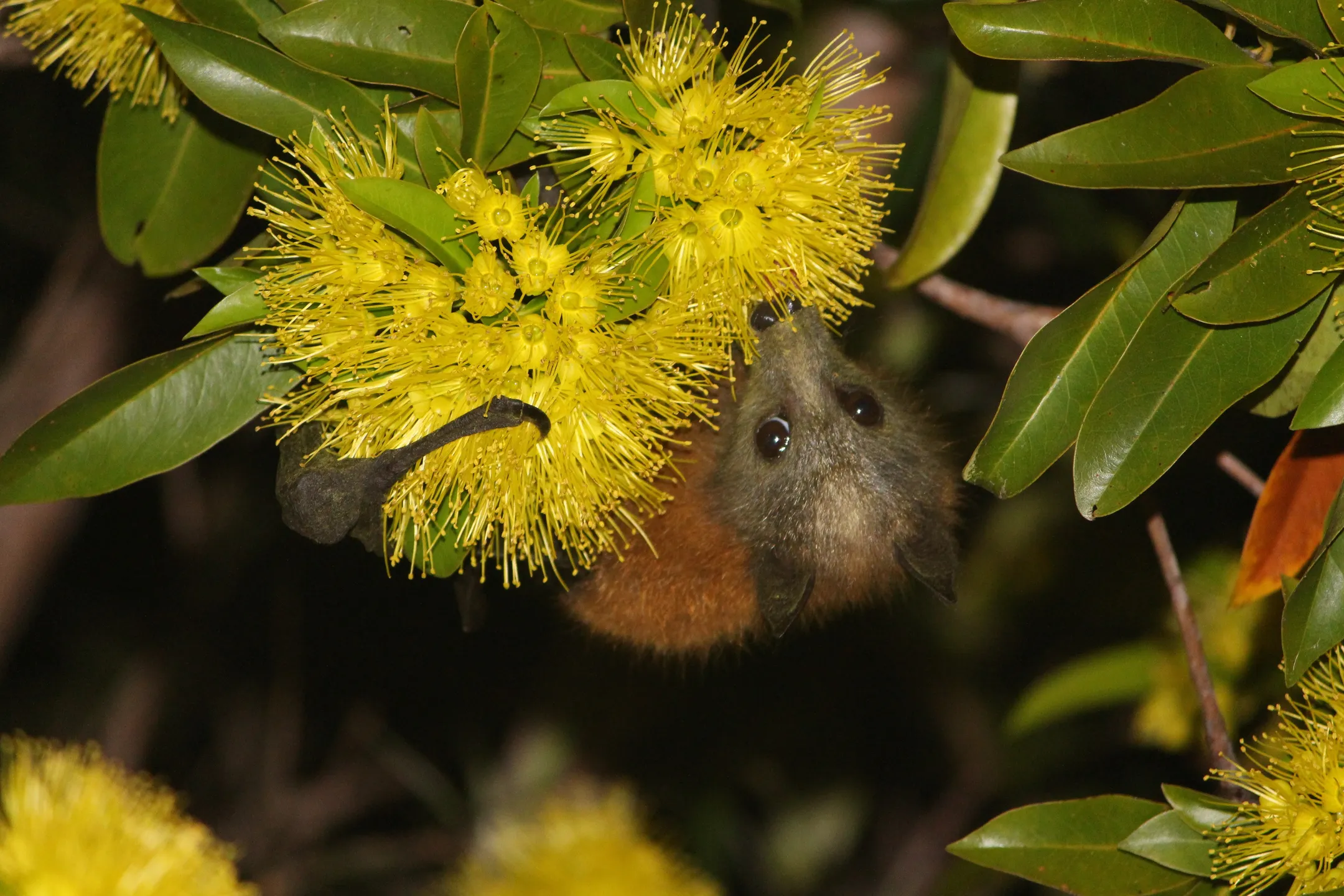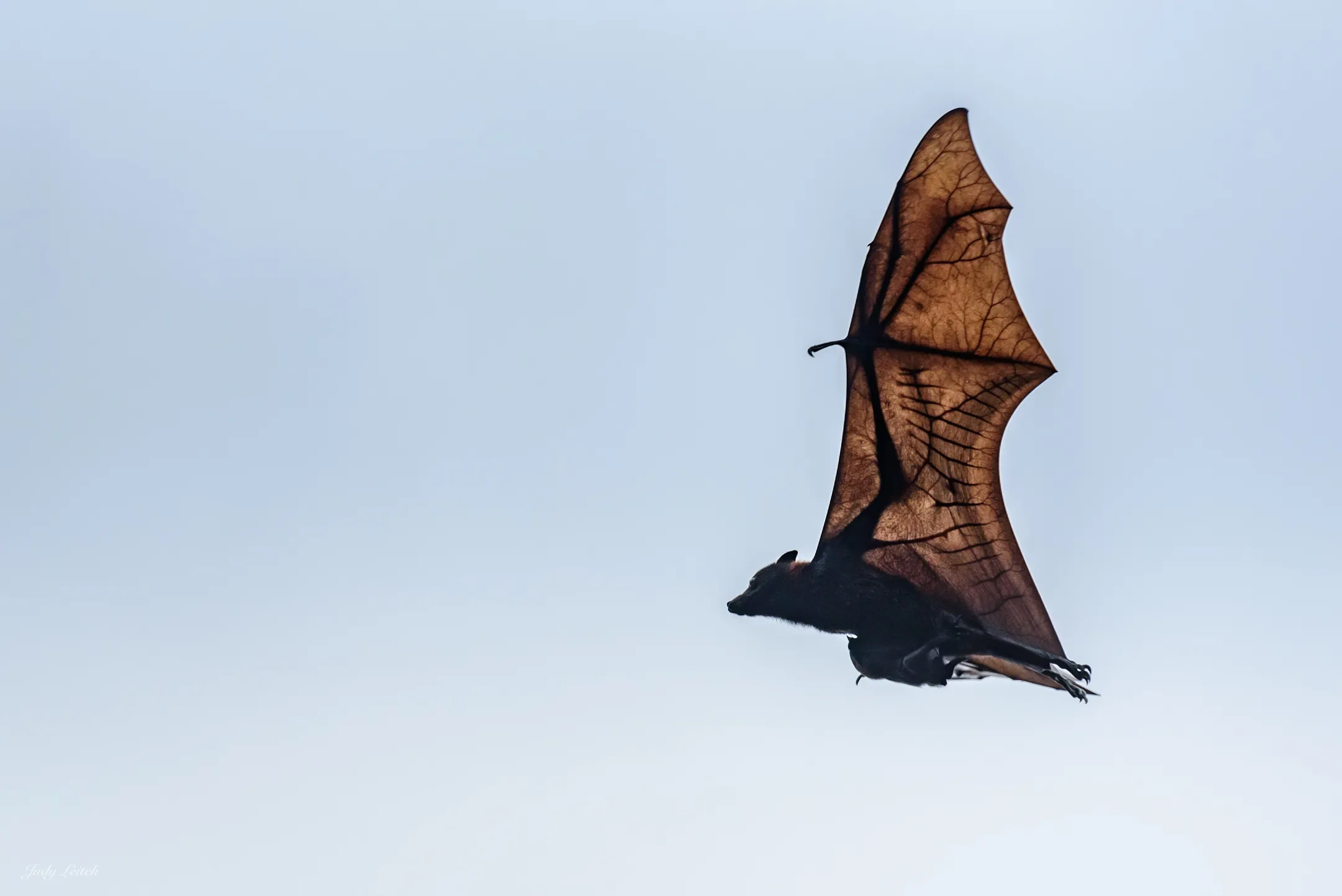Flying foxes
Four species of flying fox are native to mainland Australia and occur mostly in northern and eastern temperate and sub-tropical coastal areas.
Council has developed a regional flying-fox management plan (PDF, 1.35MB). The plan has been endorsed by the state government, and is approved by the federal government as a conservation agreement. The management plan provides a range of clear management options to assist council in decision-making on how best to manage flying-foxes within the region.
Subpages

Check out the dynamic nature of flying-foxes and how they move across the region in search of flowers.
Want to know where flying-foxes are roosting at the moment? Then look no further than our Bat Map!
Interested in the management actions and site-specific actions papers? Click here to learn more.
Roost management is complex and difficult to solve… Click here to learn about Council’s long-term management goal.

Flying-foxes are wild, seasonal animals that come and go from roost sites all across the Sunshine Coast and Australia.
Find out all about council's Regional Flying-Fox Management Plan.
Council understands how difficult it can be living near flying-fox roosts in urban areas, and we have a long term aim to entice Flying-foxes to a more suitable home.
Queensland Health advises that while flying foxes can carry Hendra Virus and Australasian Bat Lyssavirus, disease can only be transmitted via a scratch or bite.
Keep up to date with Council's flying fox actions and upcoming community events.
Bats or flying foxes play a critical role helping to keep our native forests healthy.
